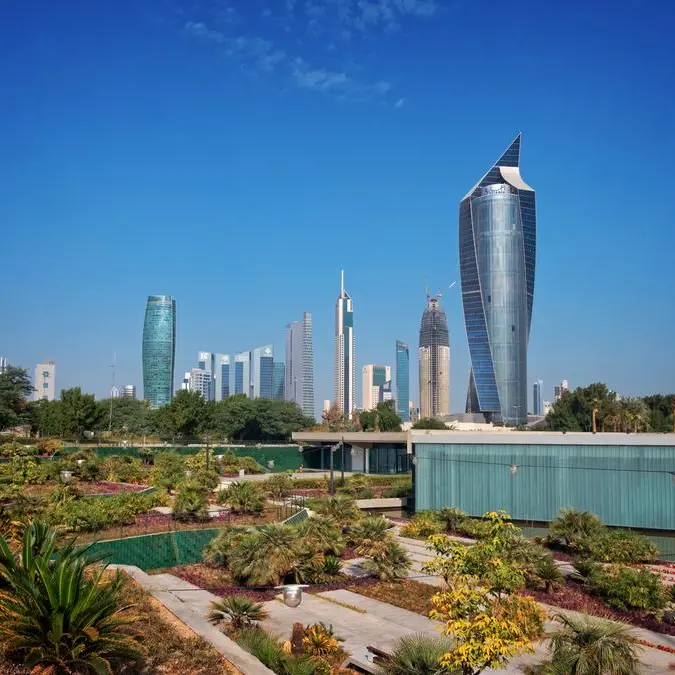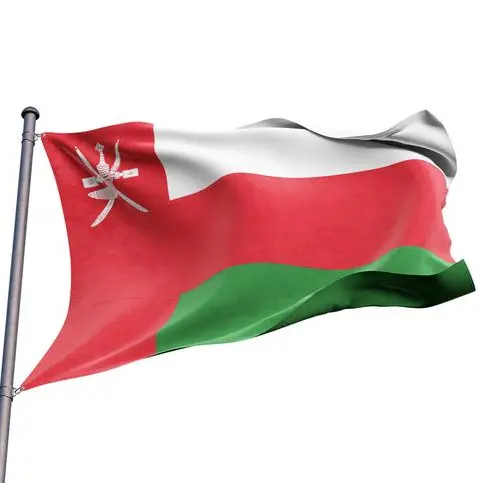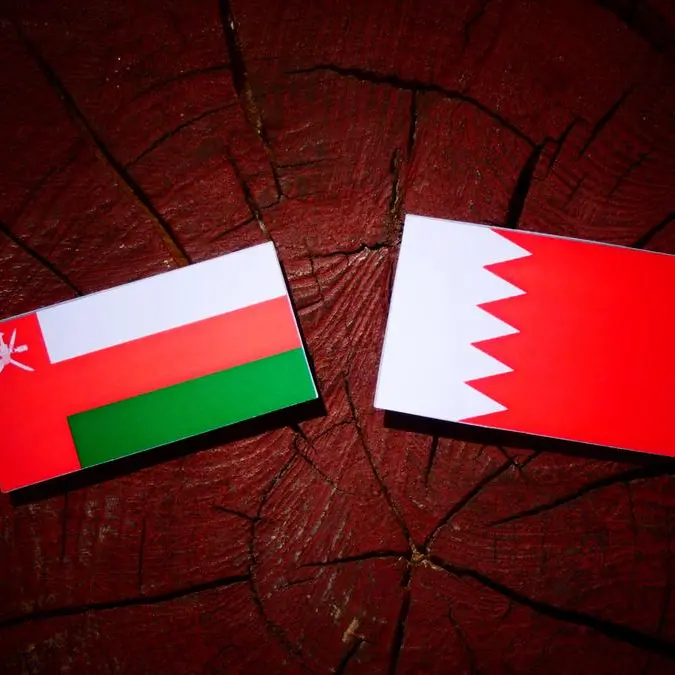PHOTO
“Brain drain is better than brain in drain.” Those eight words explain a nation or a region’s dilemma related to opportunities for their people and their struggle to retain talent. Here is the thumb rule first. If you don’t build an adequate ecosystem for your people, they will find greener pastures within the country or abroad. Migrations happen in all directions; some patterns are more discernible than others.
Various reasons and varying circumstances are attributed to migrations. A developed country’s steep tax regime could compel some affluent people to move elsewhere. In contrast, upward mobility, the security of future generations, and a general quest for quality of life are the most obvious motivations for developing countries’ migrants seeking upward mobility. What applies to brain drain also applies to unique skills, quality of education, and even muscles that move machines.
According to the World Migration Report 2022, most people do not migrate across borders, and much larger numbers migrate within countries. That said, “the increase in international migrants has been evident over time – both numerically and proportionally – and at a slightly faster rate than previously anticipated,” it says. While this phenomenon unfolds, countries at the receiving end often struggle to differentiate between migration and asylum.
The report also examines the quality of life and visa access factors. It reveals that migration options are partly related to “the lottery of birth” and, in particular, the passport of the potential migrant. Citizens of countries with high human development levels can travel to around 85 percent of all other countries worldwide without requiring a visa.
Not surprisingly, these countries are preferred destinations for those seeking migration. Less likelihood of visa-free arrangements for some nationality groups triggers their quest for change. To each their own may be the right mantra in these circumstances. However, broad regional and global patterns are worth analysing.
The desire to migrate is high across the Middle East and North Africa (Mena) region. The levels are highest in Jordan, Sudan, and Tunisia, where nearly half the population desires to leave, according to an Arab Barometer survey. It claims sizable proportions of citizens consider leaving their home countries across Mena.
The desire to emigrate has also largely remained at the pre-Covid-19 levels. “In most countries surveyed, at least a fifth of the population is considering emigrating. The percentage is highest in Jordan where nearly half (48 per cent) say they want to leave the kingdom, and lowest in Egypt where only 13 per cent share this desire,” it reveals.
Several reasons are cited for people wanting to emigrate. Studies suggest most potential migrants mention economic factors as the primary reason behind their decision to leave. “The levels range from virtually all potential migrants in Egypt (97 per cent) and Jordan (93 per cent) to more than half in Libya (53 per cent),” the Arab Barometer survey reveals.
A look at the unemployment numbers in these countries indicates another pattern. The ILO Rapid Labor Force Surveys on the impact of Covid-19 concluded that among surveyed people, the unemployment rate increased by 50 percent in Egypt, 33 percent in Tunisia, and 23 percent in Morocco, further drawing attention to the labour market’s structural weaknesses. However, even these numbers do not nail the argument that economic woes automatically translate into the desire to migrate.
While other reasons, including security, political, and educational opportunities, are mentioned by minorities across the region, they seem to correlate with each country’s political atmosphere rather than being recurring themes across Mena. The question that policymakers in the region would grapple with is, are these numbers worrying? If yes, what would be its net outcome? More importantly, what could be done about it?
OECD attributes Mena’s population movements to numerous factors, including the modernization of the agricultural sector, alternative economic opportunities, and migration from political instability and conflicts. Its estimates indicate that “28 of the 30 largest cities in the broad Mena region will experience rapid levels of growth, with populations expected to increase over 15 per cent by 2035.”
Unchecked and unregulated population migration – from rural to urban or one country to another – is bound to create bigger problems at some stage, requiring a vast expansion of infrastructure and other critical resources. One way to salvage this situation is addressing the labour market’s structural weaknesses and capitalizing on new economic trends to create and maintain employment.
Without appropriate and timely measures, potential migrants in the region will become just another statistic, as discovered by these startling International Organization for Migration figures. “The total estimated 281 million people living in a country other than their countries of birth in 2020 was 128 million more than in 1990 and over three times the estimated number in 1970.” Let’s hope this pattern does not repeat in the next two decades.
Copyright © 2022 Khaleej Times. All Rights Reserved. Provided by SyndiGate Media Inc. (Syndigate.info).












